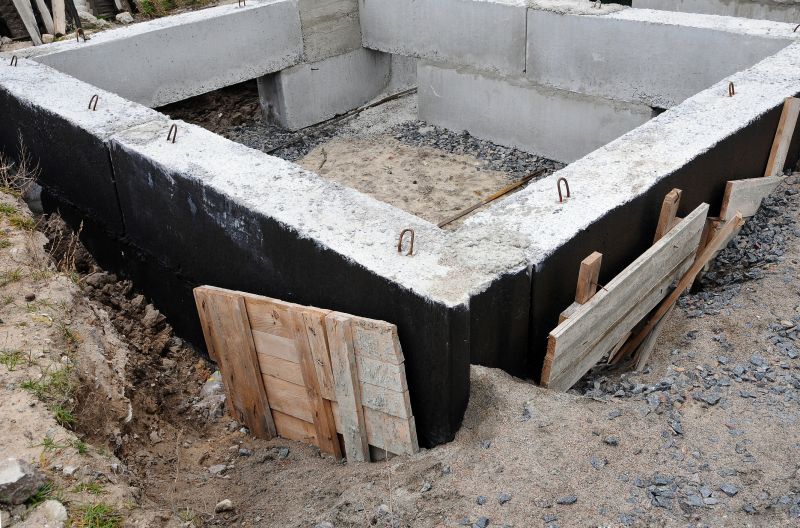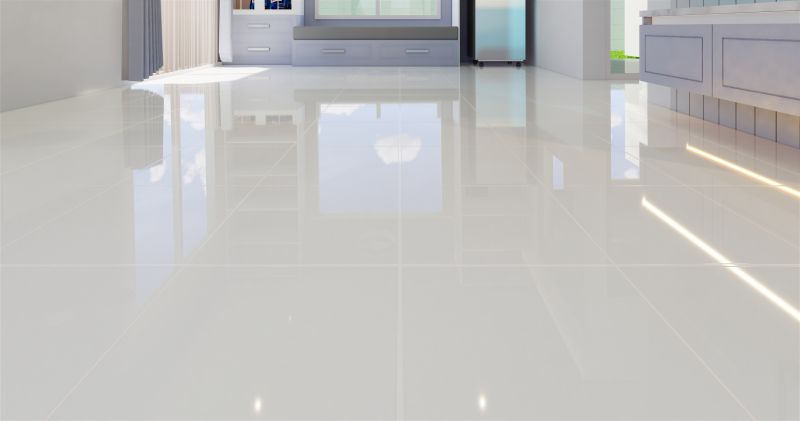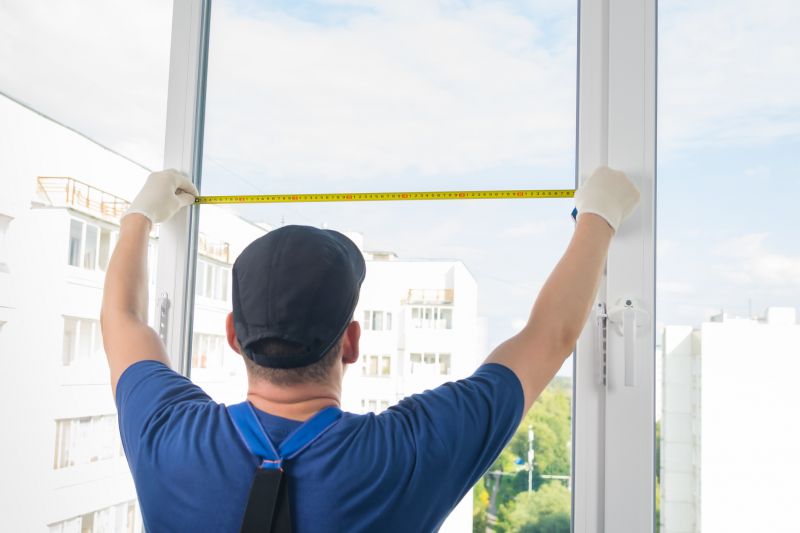Optimal Timing for Waterproofing Projects
Proper timing for waterproofing projects is essential to ensure durability and effectiveness. The optimal time depends on climate conditions, temperature ranges, and the specific type of waterproofing material used. Generally, the best periods are during mild weather when temperatures are stable and there is minimal precipitation.
These seasons offer moderate temperatures and low humidity, ideal for most waterproofing applications. The weather allows for proper curing and adhesion of waterproofing materials.
Late summer can also be suitable if temperatures are not excessively high. It is important to avoid periods of heavy rain to ensure effective application.
Winter is generally unsuitable due to freezing temperatures and increased moisture, which can compromise waterproofing effectiveness.

Optimal conditions for sealing and coating surfaces before the heat of summer.

Requires careful planning to avoid high temperatures and humidity.

Ideal for preparing structures for winter with proper sealing.

Ways to make Waterproofings work in tight or awkward layouts.

Popular materials for Waterproofings and why they hold up over time.

Simple add-ons that improve Waterproofings without blowing the budget.
Waterproofings are essential for protecting structures from water intrusion, which can lead to significant damage over time. Proper waterproofing extends the lifespan of buildings, prevents mold growth, and maintains structural integrity. Different waterproofing methods include membrane applications, sealants, coatings, and drainage systems, each suited to specific surfaces and conditions.
Statistics indicate that waterproofing can reduce maintenance costs by up to 30 percent and prevent costly repairs caused by water damage. The choice of timing for application influences the success rate, as improper timing can result in reduced adhesion, incomplete curing, or damage from weather exposure.

Effective during mild weather for optimal adhesion.

Best performed in dry, stable conditions to ensure durability.

Critical to install before winter to prevent water accumulation.

Should be done during warm, dry periods for best results.

High-end options that actually feel worth it for Waterproofings.

Finishes and colors that play nicely with Waterproofings.

Little measurements that prevent headaches on Waterproofings day.

A 60-second routine that keeps Waterproofings looking new.
| Season | Ideal Conditions |
|---|---|
| Spring | Moderate temperatures, low humidity, dry weather |
| Summer | Warm temperatures, avoid peak heat and heavy rain |
| Fall | Cooler temperatures, low humidity, dry weather |
| Winter | Freezing temperatures and high moisture levels |


